Entry Category: Historic Preservation - Starting with D
Dairyman’s Bank Building
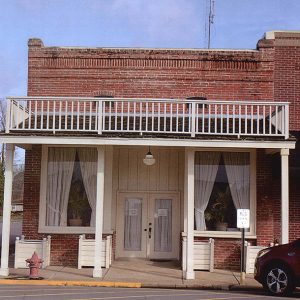 Dairyman's Bank Building
Dairyman's Bank Building
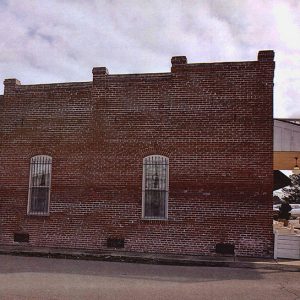 Dairyman's Bank Building
Dairyman's Bank Building
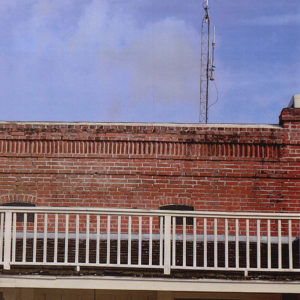 Dairyman's Bank Detail
Dairyman's Bank Detail
Daisy Airgun Museum
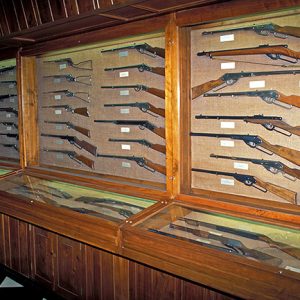 Daisy Airgun Museum
Daisy Airgun Museum
Dallas County Courthouse
Dallas County Museum
Dallas County Training School High School Building
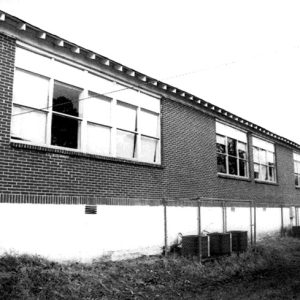 Dallas County Training School High School Building
Dallas County Training School High School Building
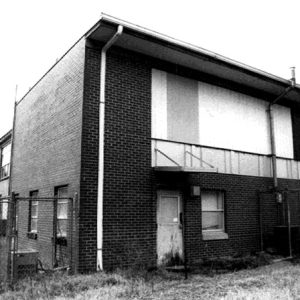 Dallas County Training School High School Building
Dallas County Training School High School Building
 Dallas County Training School High School Building
Dallas County Training School High School Building
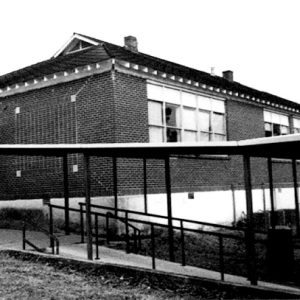 Dallas County Training School High School Building
Dallas County Training School High School Building
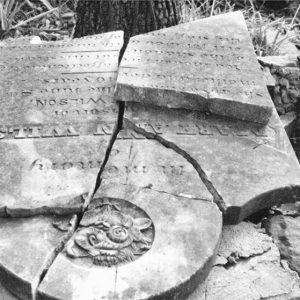 Damaged Grave
Damaged Grave
Damascus CCC Camp No. 3781 Historic District
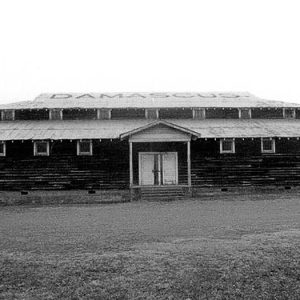 Damascus Gymnasium
Damascus Gymnasium
Damascus Gymnasium
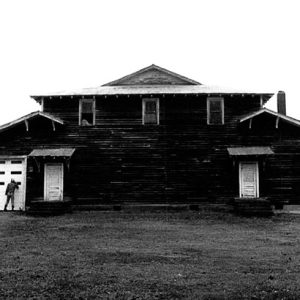 Damascus Gymnasium Rear
Damascus Gymnasium Rear
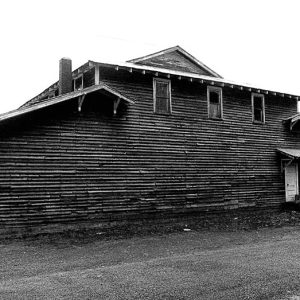 Damascus Gymnasium Side
Damascus Gymnasium Side
 Dante House
Dante House
Dante House
Dardanelle Agriculture and Post Office
Dardanelle Confederate Monument
 Dardanelle Confederate Monument
Dardanelle Confederate Monument
Daughters of the American Revolution
aka: Arkansas Society of the Daughters of the American Revolution (ARDAR)
David O. Dodd Memorial
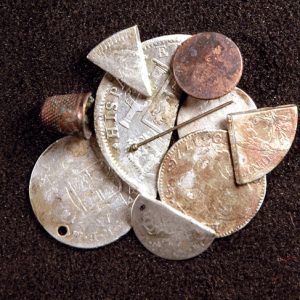 Davidsonville Artifacts
Davidsonville Artifacts
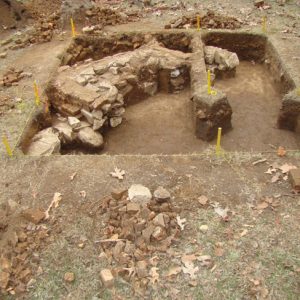 Davidsonville Excavation
Davidsonville Excavation
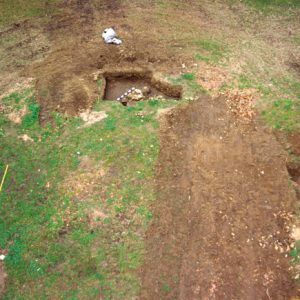 Davidsonville Courthouse Remains
Davidsonville Courthouse Remains
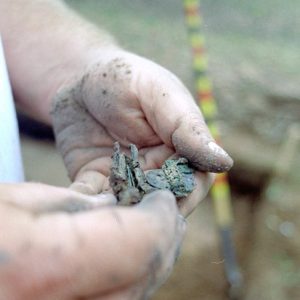 Davidsonville Artifact
Davidsonville Artifact
Davidsonville Historic State Park
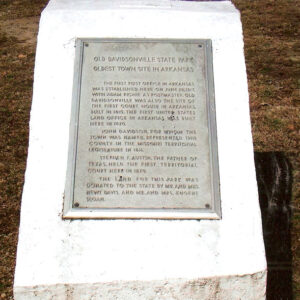 Davidsonville Plaque
Davidsonville Plaque
De Ann Cemetery Historic Section
De Queen and Eastern Railroad Machine Shop
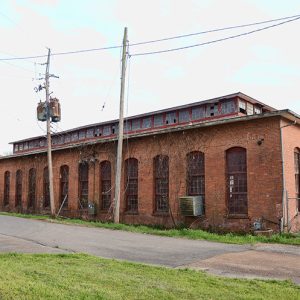 De Queen and Eastern Railroad Machine Shop
De Queen and Eastern Railroad Machine Shop
De Queen Commercial Historic District
 Dee Brown Library
Dee Brown Library
DeGray Creek Bridge
 DeGray Creek Bridge
DeGray Creek Bridge
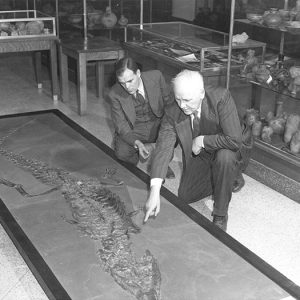 Sam Dellinger
Sam Dellinger
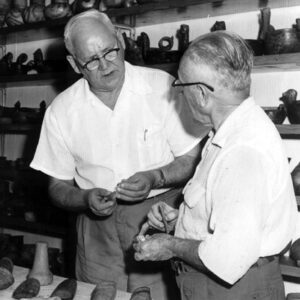 Samuel Dellinger
Samuel Dellinger
Delta Cultural Center
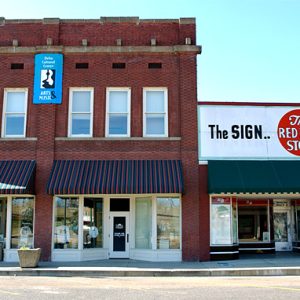 Delta Cultural Center
Delta Cultural Center
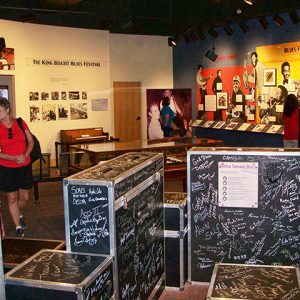 Delta Cultural Center
Delta Cultural Center
Delta Gateway Museum
aka: Kress Building
Democrat Printing and Lithographing Company Building
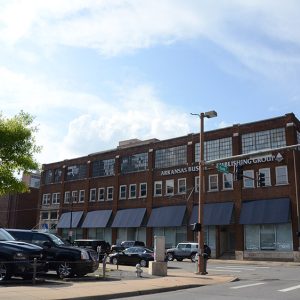 Democrat Printing and Lithographing Company Building
Democrat Printing and Lithographing Company Building
 Desha County Museum
Desha County Museum




